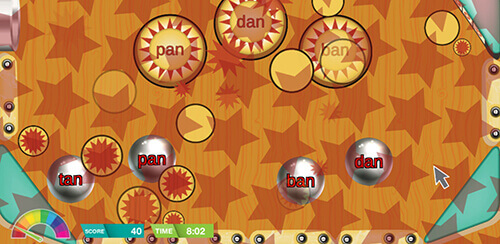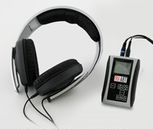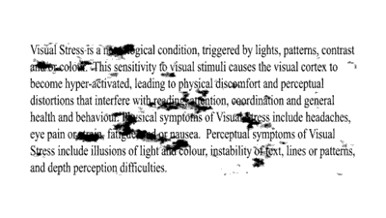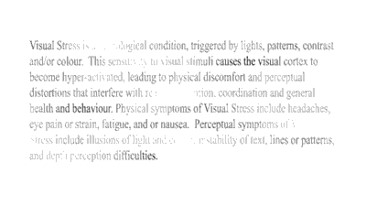READING HELP
Cutting-Edge Therapies to help improve reading
Reading is a complex task that requires many skills to work together. Aside from phonemic awareness, phonics, fluency, vocabulary, and comprehension; the brain connections need to work well.
Brain-imaging technology has made it possible to see brains working while a child is reading. Typical readers use their left half of their brain in a compact, interconnected and highly efficient way. Poor readers use both sides of their brains in a disconnected and highly inefficient way (Sally Shaywitz, 2004).


Some of these other areas include
- auditory processing (the way the brain recognizes and interprets sounds needed to be able to isolate and match them)
- visual processing and visual attention
- ocular motor control (the way the eyes move to track from left to right)
- executive function (an umbrella term that includes high level skills such as inhibitory control, working memory, and flexibility)
Tutoring a child with a reading disability can be like letting a track and field coach force your child to sprint on a sprained ankle. They will get a lot further if you let the ankle heal. For some children tutoring works well but if you find that they are not progressing any further it may be time to look at solutions that can work directly on strengthening brain connections which is called neuroplasticity. Below are a few interventions that may help!
Brain based reading disability program

We have a 40hr brain based 10 weeks (5 days per week) reading program for various reading levels. It helps rehabilitate and strengthen the auditory and the visual processing skills that may cause difficulty for these readers. This program gets to the root cause(neuroplasticity) by using visual exercises to stimulate visual attention, visual processing and working memory, as well as acoustically modified sound to assist auditory perception. In doing so, it develops neurological connections and activation of parts of the brain which are involved in reading.
It can be done either as a online home program on your own or as a hybrid (at home/at clinic) model.
Note that baseline testing sessions will be required
Colorimetry


Do words or letters appear to jump or move on a page (like above)?
Do you have light sensitivity?
Do you struggle with migraines or eyestrain from reading, homework, computer work or fluorescent lighting?
Or perhaps you are dealing with the perceptual distortions that often follow a stroke, concussion or other brain injury?
A visual processing disorder may be a part of the problem. It's is a neurological condition characterized by hyperactivity of the brain's visual cortex. When this area is not processing visual information properly, the result is visual and perceptual distortions.
It is possible that precision coloured filters can help. Lisa's Holistic Rehab & Neurofeedback can find the right coloured filter for you and work with your optometric team or refer you to a qualified team to find the right solution.
Auditory Integration Training

Listening programs were developed to address auditory hypersensitivity, distortions, and delays in listening that negatively impact processing auditory information. The system uses modulated music fed through headphones to an individual to train the middle and inner ear to improve listening skills. We have a 10 -14 hour in clinic program or a home listening program. It involves listening (from 30-90 min a day) to either mainstream or classical music that has been acoustically modified and delivered through special headphones air and/or bone conduction to provide enhanced or filtered signals in certain frequencies.
Listening training is a good addition to a treatment plan for those with sensory processing disorder and diagnoses that present with sensory processing difficulties.
(Hall and Case-Smith, 2007)
Brain Timing Training
There exists a growing body of literature describing the brain timing deficits in various learning difficulties (Shaffer et al, 2001). By addressing timing in the brain with functional therapy interventions you are addressing areas that impact achievement and independence. The game-like auditory-visual platform engages the client and provides constant feedback at the millisecond level to promote synchronized timing in the brain. Program 0ffered in clinic and in home.
Handwriting without tears
Handwriting is becoming a lost art. It is not in the school curriculum to be taught to students. This means that they have to pick it up as they go along which is hard for children with learning disabilities or delayed motor skills.
Lisa's Holistic Rehab & Neurofeedback can implement the Handwriting without Tears curriculum. This is a multi sensory, engaging program that incorporates developmentally appropriate tools and strategies. It teaches efficient pencil grip, letter placement and formation and helps with reversals. This program can be offered individually or in groups.



